Another month has gone by here in Plumas National Forest. As the season goes on by and we approach the end of summer, I find myself in awe at how much we’ve accomplished. We’ve fallen into a steady routine by now, with most of our time consisting of checking on plant phenology, collecting mature seeds, and occasionally processing seeds to ensure good storage. That last part is key, we learned: ensuring our collections are stored properly. Following a chaotic end to our week, we showed up one Monday morning to be greeted by hundreds of flies that had taken over our office. There was a moment of confusion before we realized what had happened over the weekend– the rustling paper bags reminded us. The large Wyethia collection we were quite proud of from the week before was not properly looked at before bringing it inside. We definitely didn’t sort through the seed heads, given that we arrived back at the office around 10 pm after getting our truck stuck in the mud. Being too fried from the eventful day and also too used to loose seed collections, the thought of breaking up the seed heads to prevent moisture and loosen up whatever was inside didn’t occur to us that night.
Our plans for the day were pushed back a bit so we could make time to address the issue before it got worse and affected the rest of our collections. This meant we had to take our many bags of Wyethia mollis seeds outside and sort through them, cracking open individual seed heads and sorting out the seeds, removing any infected parts. This process was tedious and frustrating; sharp splinters pierced our skin as we crushed open the seed heads, dusty particles of plant material emitted an unpleasant odor into the air, and plenty of larvae wiggled around us. It felt like we had been defeated. Just a few days before, we had felt so accomplished, having stumbled upon a massive population. This was easily one of the largest collections we made all summer. Now we had a setback, with a ton of seeds to look through during peak collection time.
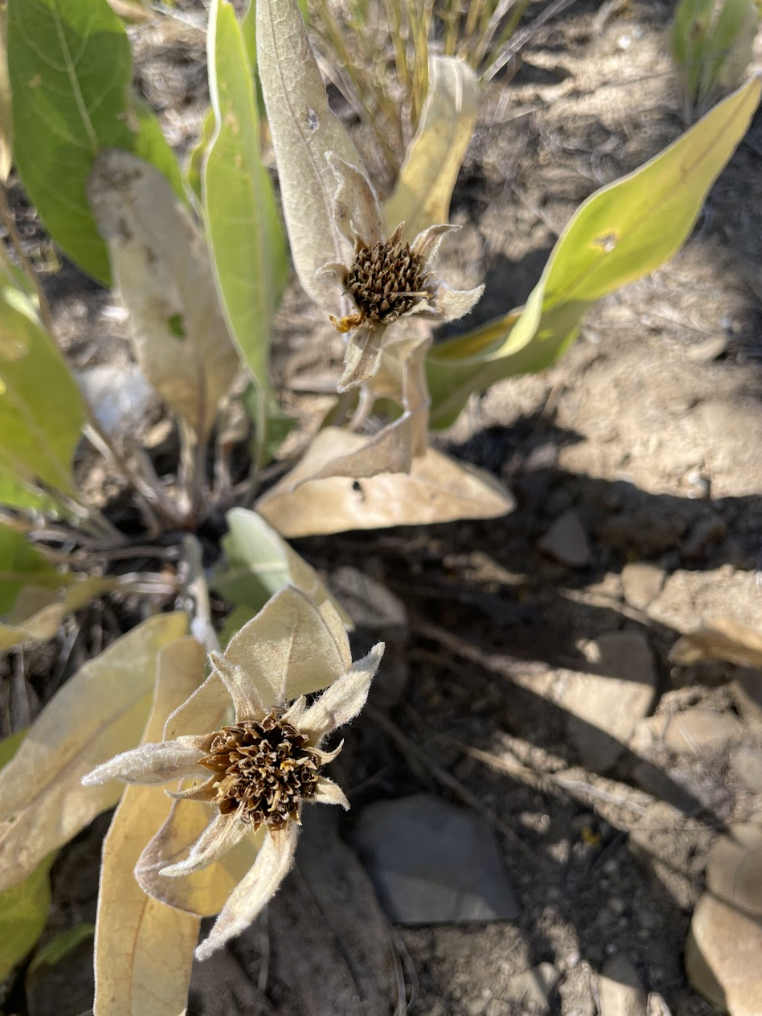
But thankfully, not all seeds gave us so much trouble. One of the best parts of this month has been seeing all the variety of collections we have, and the unique experiences each species brings as we collect. There’s little variation in what we do everyday, at the surface level. Each day is the same, yet each day is unique: different plants offer different habitats, collection methods, textures, scents. Having collected from most of our target species by now, I’ve half-consciously created a ranking in my head of the most satisfying plants to collect from. A few of the highlights are:
- Veratrum californicum (Cornlily): This water-loving lily is often found in serene wet meadows, growing about 4-5 feet tall at times, creating an almost corn-maze-like effect. The seed pods took forever to reach maturity, but once they did, they easily made the top of the list for most satisfying collection. Thin, papery pods the size of grapes could be easily crushed, making a lovely crinkling sound and releasing several white, papery seeds. And if the seeds were really far into maturity, you could even grab a whole stalk, tilt it over into your bag, and gently shake it, releasing hundreds of seeds effortlessly.

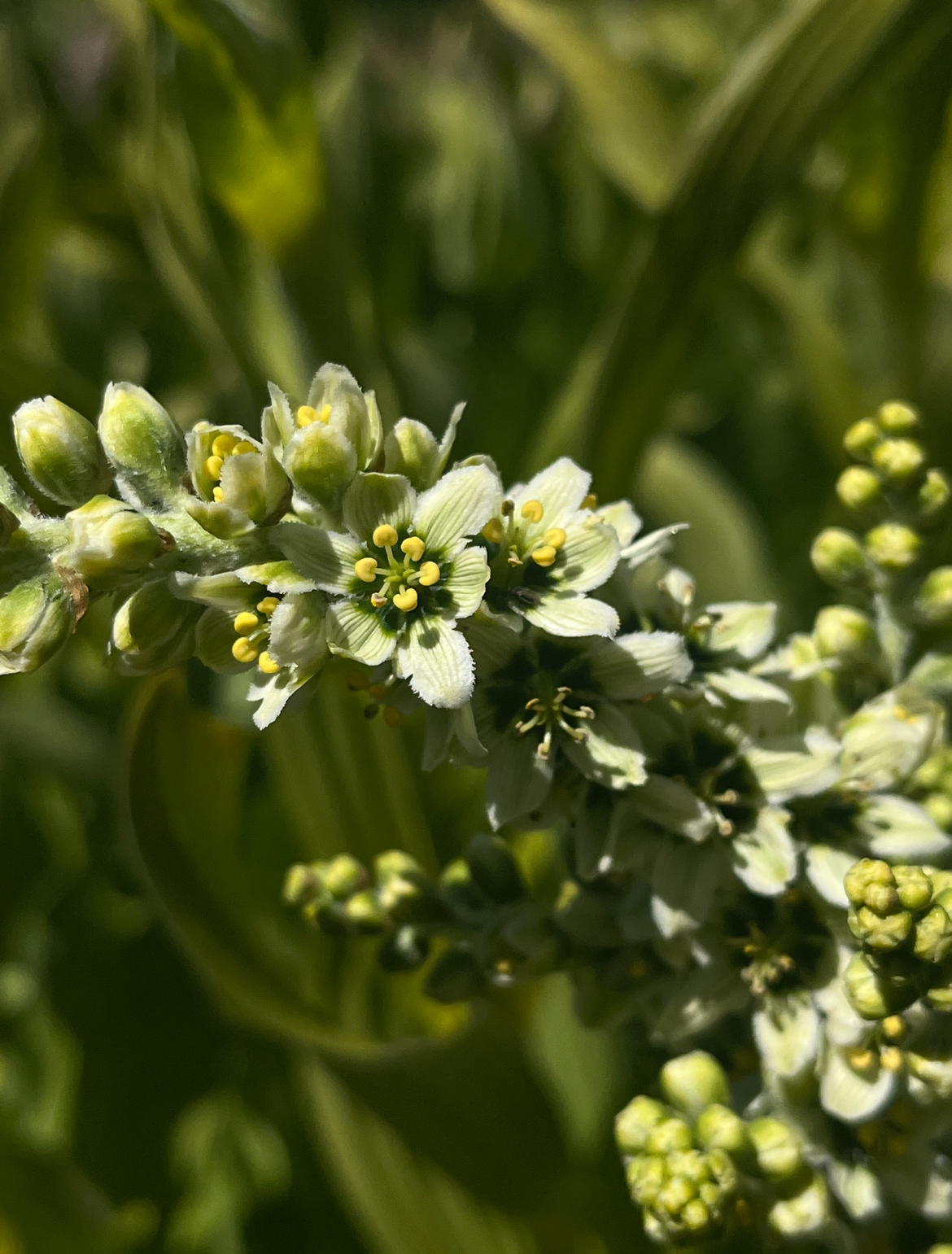
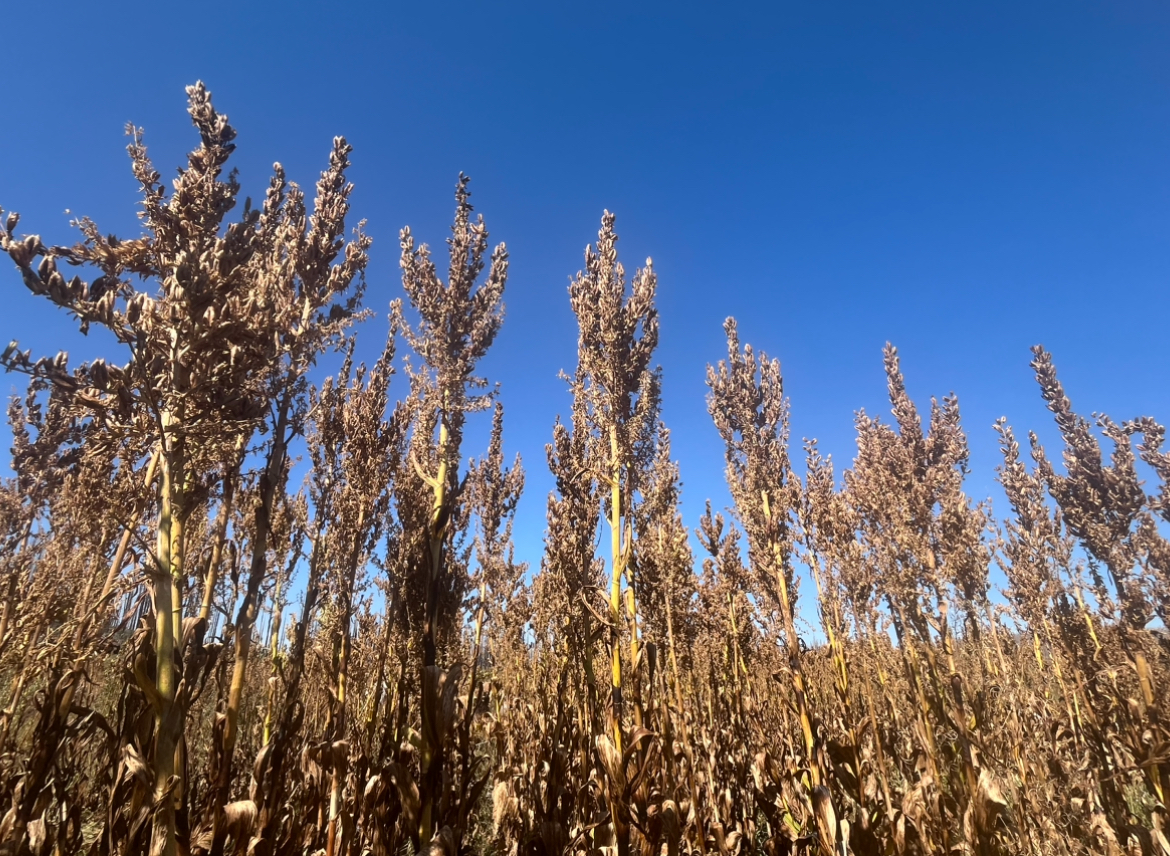
- Asclepias cordifolia (Purple Milkweed): Milkweeds are so fun to collect. Upon reaching maturity, the dried pods crack open to reveal some of the softest material I’ve ever felt. Each seed is accompanied by a large puff of milkweed “silk”, an incredibly lightweight pappus that aids in wind dispersal. This is a plant that makes me look forward to tedious seed cleaning!
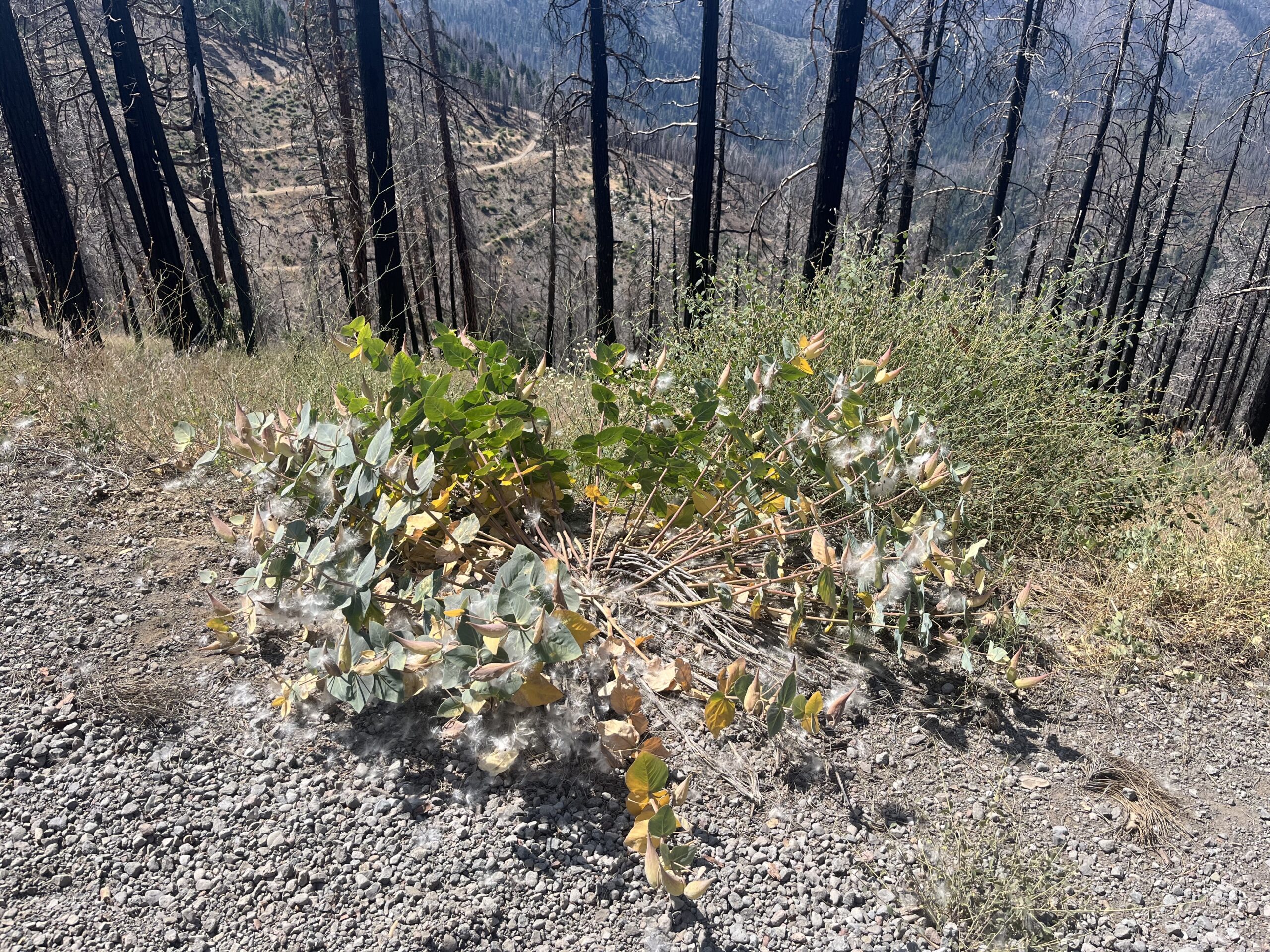
- Lupinus arbutus (Lupine): Lupines can really be hit or miss. Our first encounter with Lupine collection was extremely unpleasant: while opening a pod, we had about an 80% chance some gross little larvae would pop out at us. But as we sampled new populations and learned that not all Lupines had this issue, at least not quite as severely as the first one, Lupine collection became one of my favorites. We came across a particularly good population of Lupinus arbutus that had virtually no bugs inside–yay! And then we finally got to experience the joy of having a perfectly mature seed pod pop open right in your hand as you reach to collect, separating all the seeds instantly and offering a nice crunchy feeling.
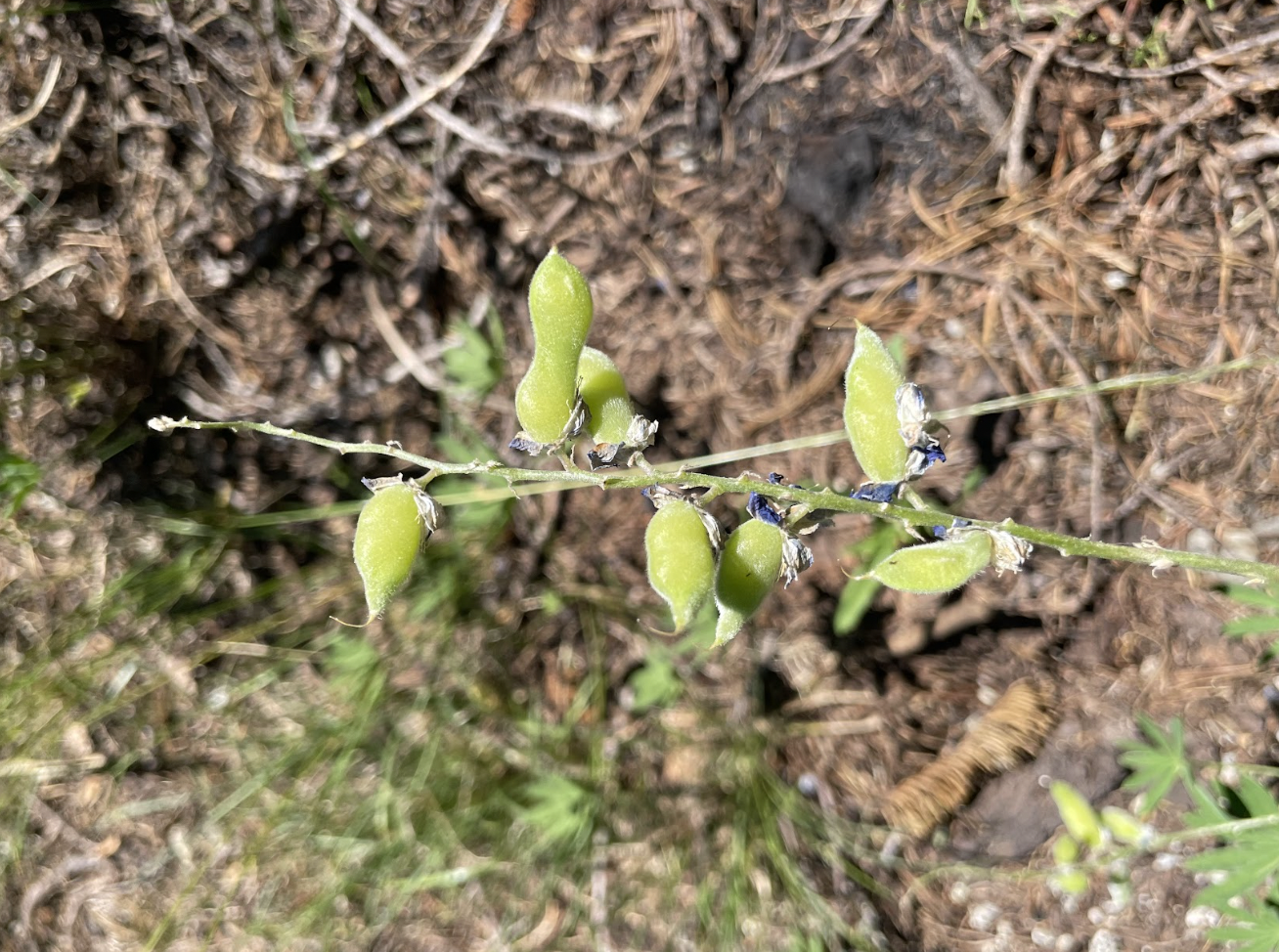
- Monardella odoratissima (Monardella): Everyone in the building knows when we’ve collected Monardella– the strong minty scent spreads all throughout the hallway, becoming a nice natural air freshener. A few weeks ago it helped to mask the stench of old milk left in the communal fridge, quickly making it an office favorite. It definitely gets a few points for that alone. But the tactile qualities are nice as well. As the seed head dries, you simply walk up to one and crumple it, the seeds gently flaking off into the bag.
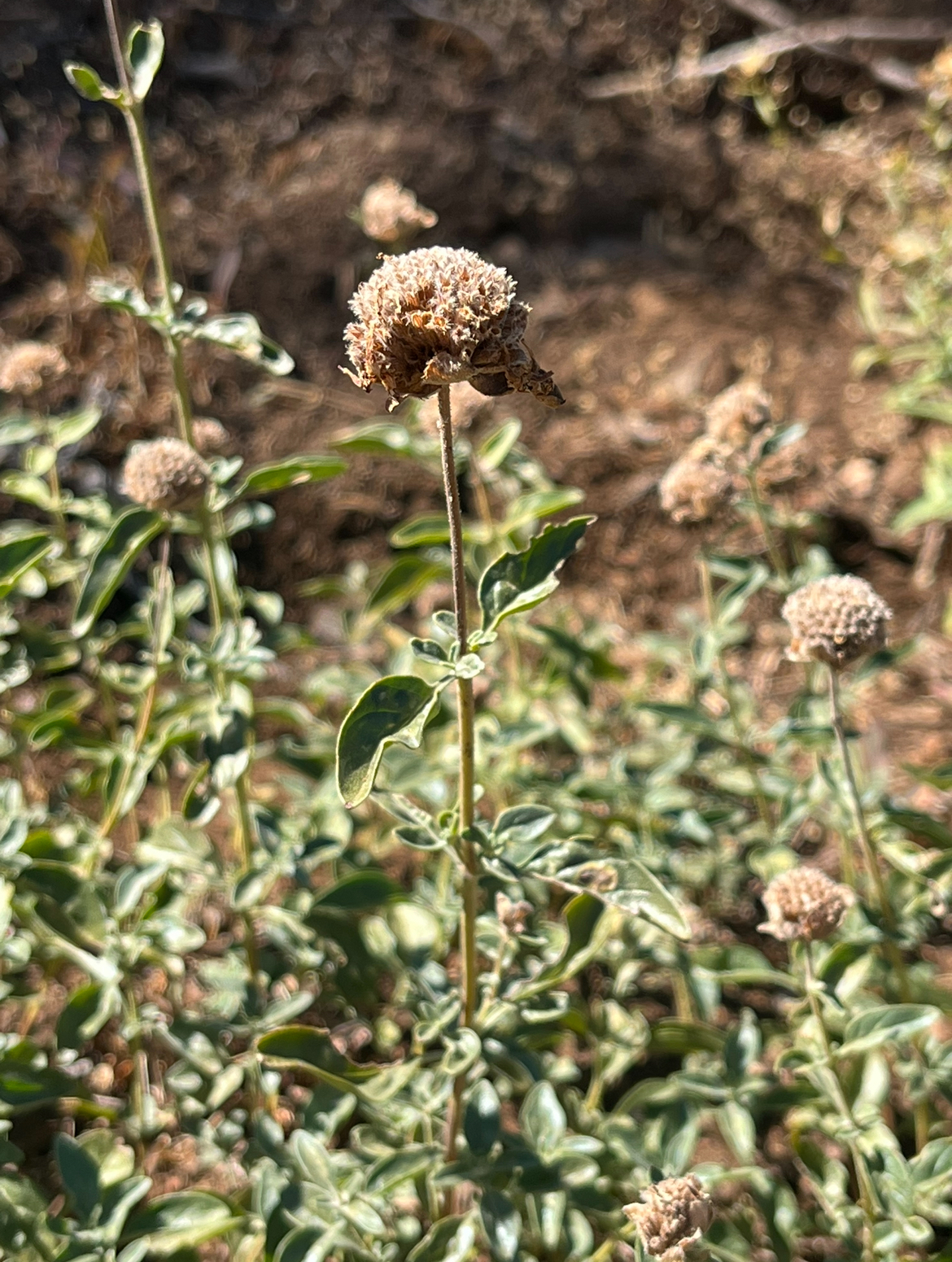
- Elymus elymoides (Squirreltail): Elymus elymoides gets points just for the name. But also, it’s a funky looking native grass that has brushy seeds that you easily strip off in one sweep.
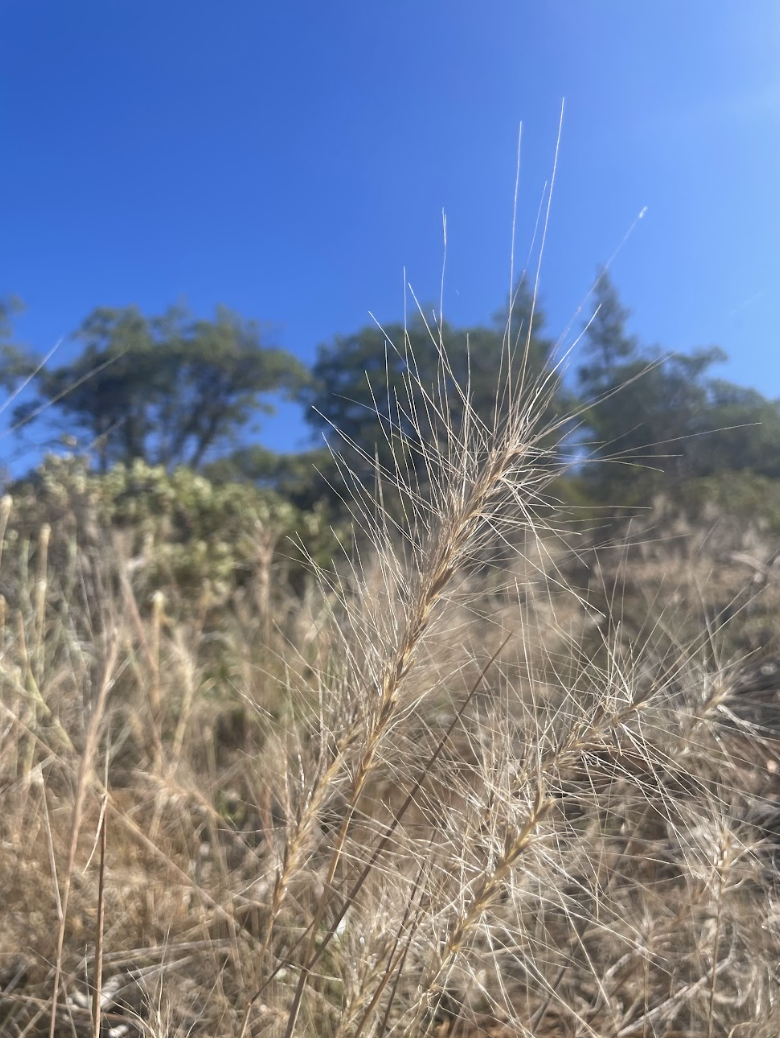
I could go on and on but I’ll stop there with my top five. And of course, my least favorite should be pretty obvious. (Wyethia mollis…)
In addition to seed collection, here’s some photos of some other fun stuff I saw this month:
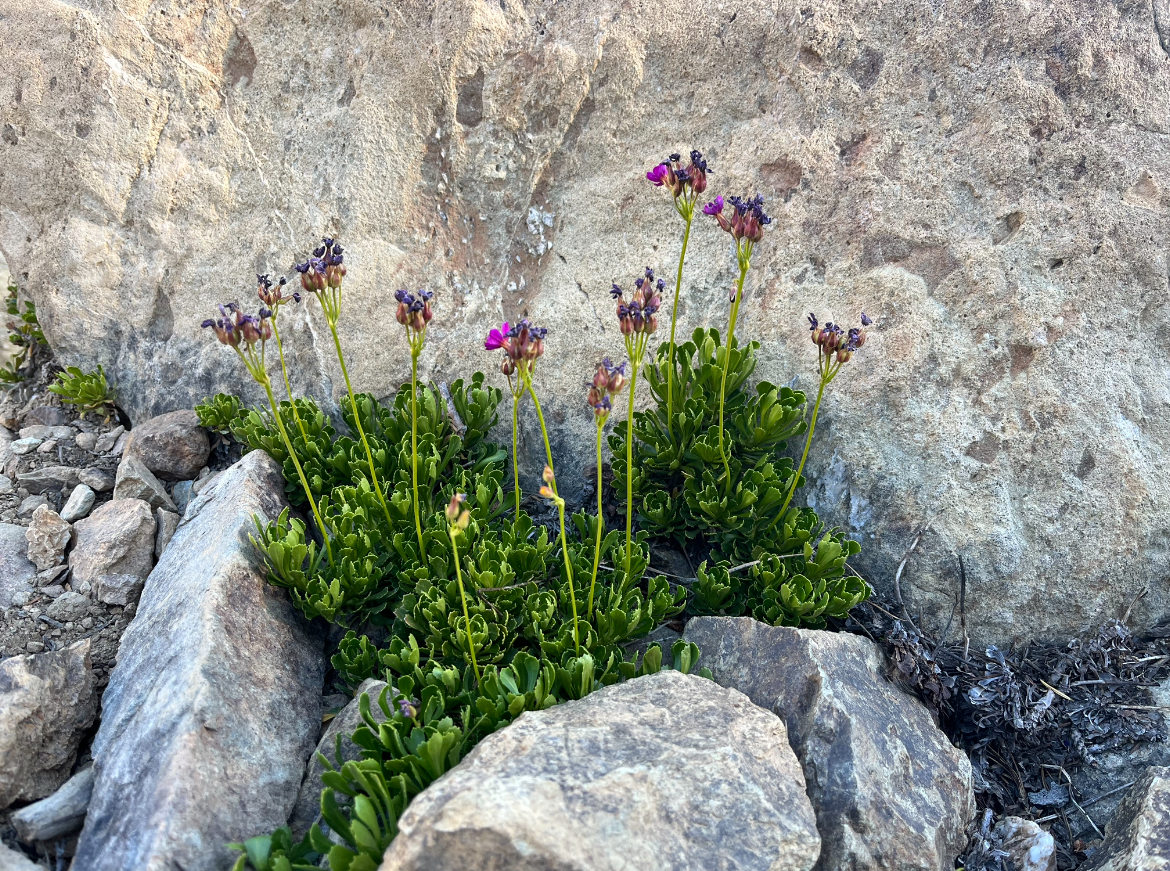

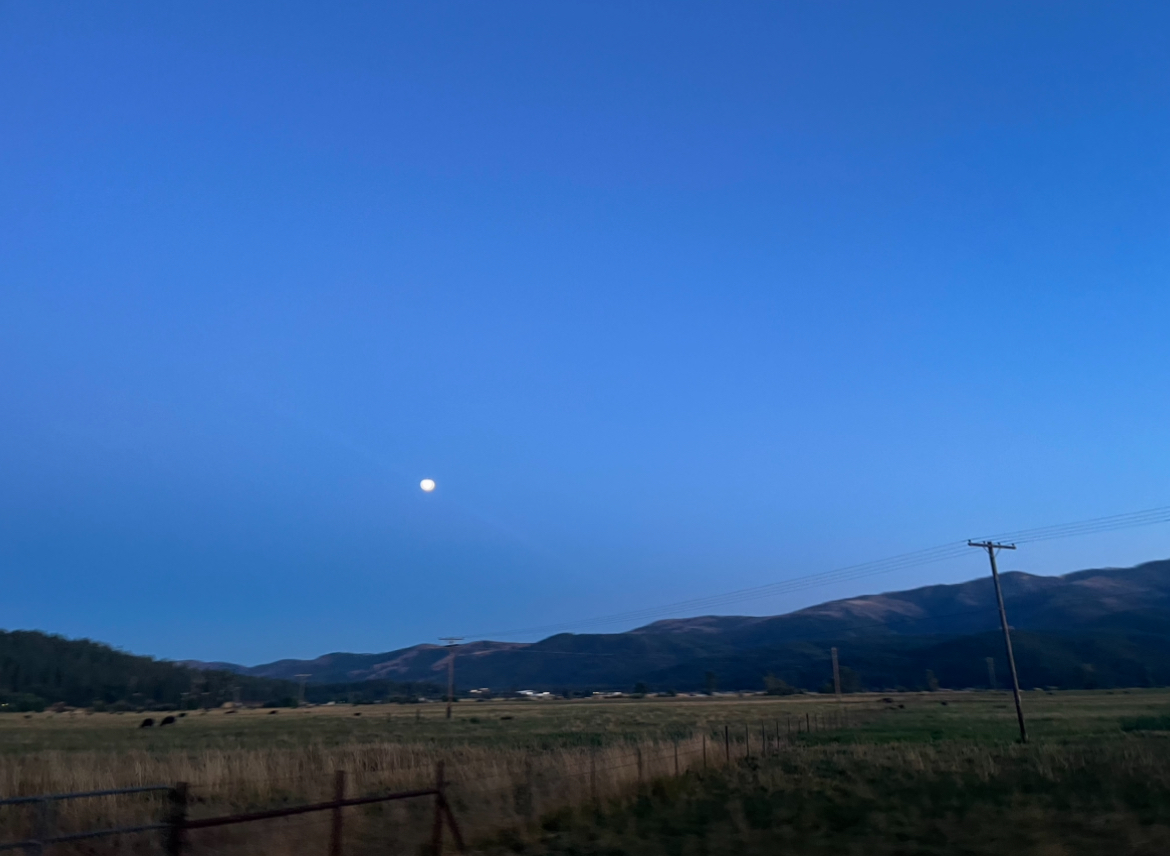
Check back in next month for more updates!
